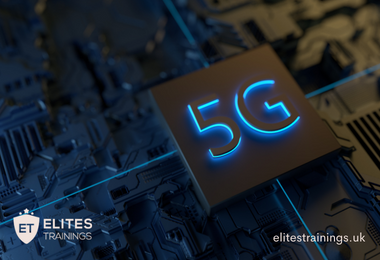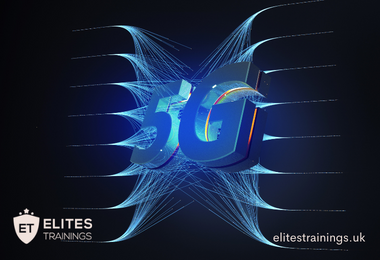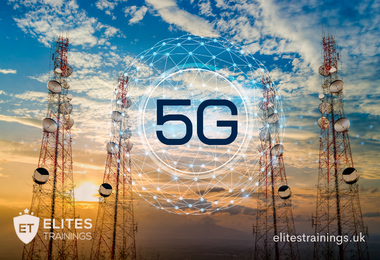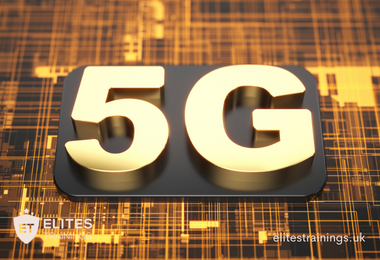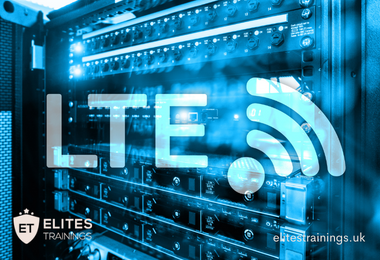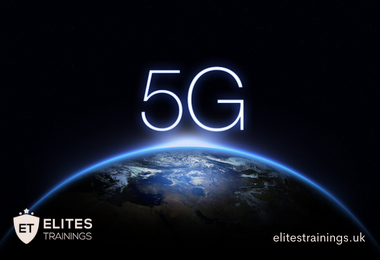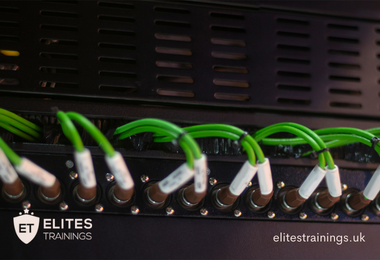The course outlines the O-RAN architecture and terminology, central functions and concepts like SMO, Non-RT RAN Intelligent Controller, Near-RT RAN Intelligent Controller, O-CU, O-DU, O-RU and O-Cloud. Relevant interfaces are described, along with a few simple use case examples. The motives and objectives for Open RAN are outlined, as well as its relationship to technical
The course describes the physical layer design of NR in terms of OFDM numerologies, radio frames, subframes and slot configurations. The course explains the purpose of, and processing of, physical channels with particular focus on control channels. Reference signals for data demodulation, CSI measurements, and sounding are explained. Layer 1 procedures for synchronization, random access,
Planning, designing and dimensioning comes with its own challenges and Telcos need to be aware of the risks, challenges and opportunities to truly exploit the future of this technology. This 3-day course upskills delegates on the tools and insights needed to prepare for 5G; focusing on how to maximize network capacity, evaluate service quality, optimize
This course presents the interconnection and interworking procedures between 4G Evolved Packet System and 5G System, as specified in the current R16 3GPP standards. The course focuses on the deployment options, UE capabilities, network features, plus procedures for idle and connected mode device mobility and service continuity in a multi-access environment with 4G/5G core networks
The course focuses on the voice/multimedia telephony service under IMS control for networks with 5G deployed. It presents the UE and network features and definitions that guarantee establishment, handling, and service continuity for the telephony service within the 5G ecosystem. Significant parts of the course focus on the interworking between 4G and 5G on the
This course presents the signaling communication within 5G Core Network as specified in the current Rel-16 3GPP standards. In order to provide the general context, the course briefly introduces the network organization, the roles of all the major 5G Network Functions (NFs), the basic 5G use cases (eMBB, mMTC and URLLC), the UE identities, and
We introduce the relevant basics of NG-RAN (Next-Generation Radio Access Network) together with the roles of the various NFs (Network Functions), as defined by current 3GPP R15 standards and emerging R16 additions. The interactions both within the 5GC and between the 5GC and the NG-RAN are also explained.
The course uses a top-down approach starting with a high level description of the functionality of different network entities and the interaction needed between on different interfaces. The layer 3 protocols are then discussed one by one in detail in a logical scenario-based sequence. A number of detailed message-by-message signalling sequences will be presented during
This course provides a thorough overview of the Next-Generation Radio Access Network (NG-RAN) which is part of the 3GPP 5G System. The focus is on Stand-Alone (SA) operation but also Non-Stand Alone (NSA) NR is outlined. The course starts with a brief introduction to the 5G System, followed by a discussion of aspects of the
The SS7 Signaling in Mobile Networks course explains and describes the world’s most widespread inter-exchange signaling system used in fixed and mobile telecommunication today: Signaling System No 7. It provides the basic ideas and structure of the SS7 protocol stack. Different aspects of various signaling protocols and signaling applications in the telecommunications world are covered.
LTE, or strictly speaking the Evolved Packet System (EPS), consists of the evolved Radio Access Network (E-UTRAN) and the Evolved Packet Core (EPC) as defined in 3GPP technical specifications. The course focuses on the network architecture, nodes and mode of operation of the entire LTE System. It accounts for interfaces, protocols and services provided by
This course explains the basic functions in TCP/IP. The focus on this training is set on the protocols within the architecture TCP/IP. The purpose is to make the participants understand what the different protocols do and to have knowledge of other important functions such as routing and DNS. TCP/IP is a technology used in computers
The 5G System Overview provides an overview of the emerging 5G system as defined and standardized by 3GPP, other SDOs (standard development organizations) as well as various industry players and initiatives. The course accounts for the various aspects of the 5G System (Access Network, 5G Core), nodes/functions, interfaces / reference points, basic procedures and main
This fiber optic course is designed for anyone interested in becoming a Fiber Optic Technician. This Fiber Optic Training combines theory and hands-on activities to equip student to work with optical fiber. This course also introduces the student to industry standards governing FTTD (Fiber to the Desk), FTTH (Fiber to the Home), and Distribution Cabling.


